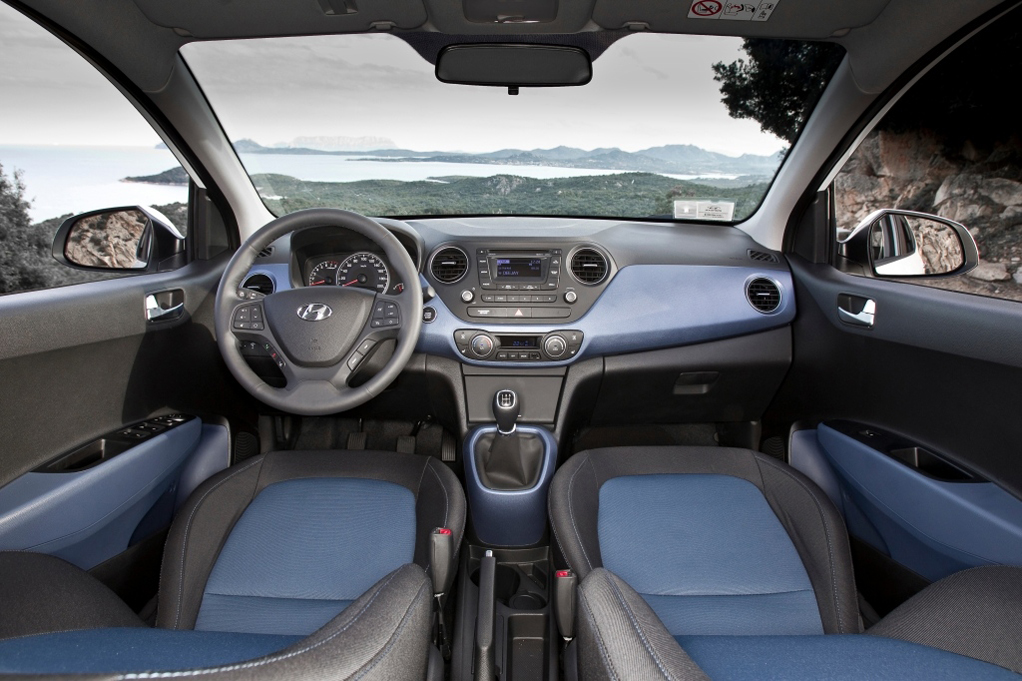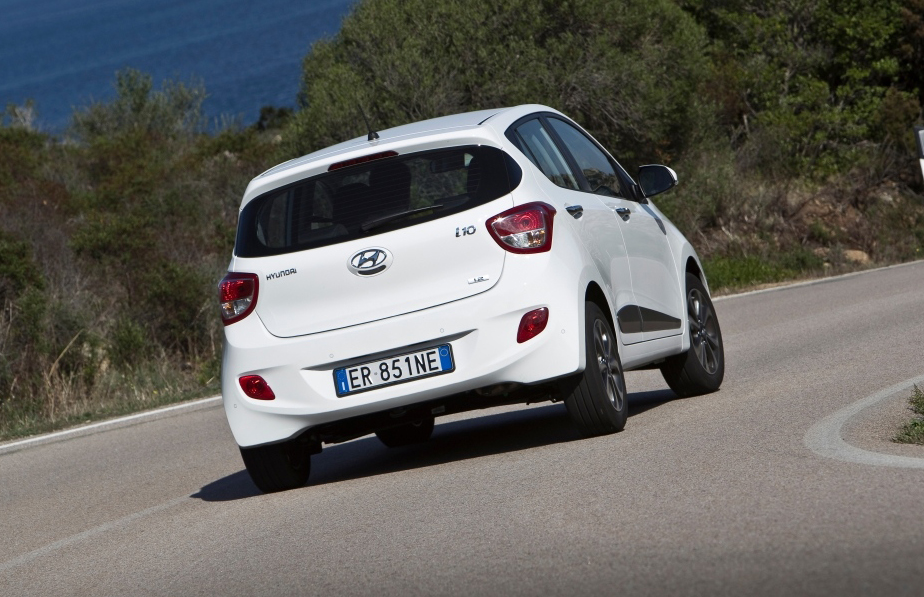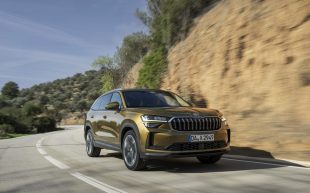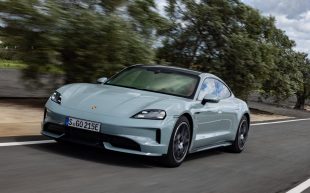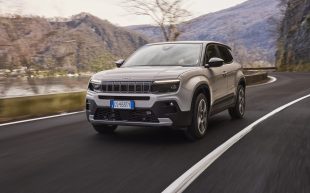First drive review: Hyundai i10 (2014)
Korea’s entry for Eurovision
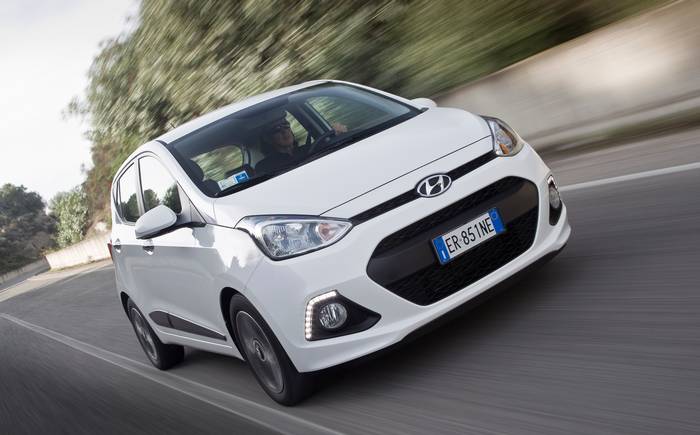
HYUNDAI, AS YOU may know, hails originally from South Korea, but I don’t recall hearing that country mentioned once last week as various high-level executives stepped up to a lectern in Sardinia to hymn the arrival among us of the new i10 urban runabout. Nobody mentioned India, either, where Hyundai did much of its heroically cut-price building-for-export, back in the day.
Instead, all the talk was of Europe: of European Hyundai facilities (now six of them) producing European cars; of new European testing complexes; of European design centres staffed by European designers having European thoughts and drawing European lines with their European pencils. There was even talk of paying European taxes. (Hyundai paid European governments €944m in tax in 2011. Plenty for Starbucks to think about there.)
Search for and buy a quality used Hyundai i10 on driving.co.uk
And, beyond this, there was the revelation of a grand European plan, given the slightly chilling code name Product Momentum 2017, and intended to oversee the spread of no fewer than 22 new Hyundai models across Europe in the next four years. And if that goes according to plan, the company will, presumably, be on track to annexe the entire continent during the third fiscal quarter of 2019.
Today: Europe. Tomorrow: Europe again, because Europe is where Hyundai is at.
Of course, in all this, Hyundai is only advancing in parallel with Kia, its South Korean subsidiary, which has also discovered that the best way to fight the likes of Volkswagen and Renault for customers on their own patch is to leave your national uniform behind and go native.
Is this an uncomplicatedly good thing? Perhaps not everyone will think so. Before the i10 became the i10, it was the Hyundai Atos, a car that was almost the perfect definition of the term “end-of-the-century South Korean import” — box-shaped and exuding a certain low-watt otherness that arises only when a car has been designed for other roads, in another country, with a totally different culture.
Then, in 2008, the Atos got utterly made-over and became the i10 — a bulbous, Eurocentric design statement, so puppyishly eager to engage with your affections that it would have been no surprise to touch the plump, round badge on the car’s nose and discover it to be wet.
People on the lookout for a searingly cheap piece of almost entirely anonymous Asian craftsmanship (a small but nevertheless robust portion of the car-buying customer base and one increasingly further from the forefront of the industry’s thinking, it would appear) could greet this and related developments only with dismay. Where would you now go for a practically invisible tin bucket in the days of dedicated “design philosophies” (“fluidic sculpture”, anyone?), soft-close glove compartment systems and four-way electric-window operation as standard?
Those people are going to feel even more alienated by this latest i10. Work has unashamedly gone into reducing friction and noise, off an entirely new platform, and the car is, accordingly, an unusually calm place in which to spend time, whichever of its two engines it is fitted with — the unstartling 1.2-litre or the modest 1-litre, which is surprisingly quiet, though it doesn’t have the spritely character of Fiat’s TwinAir or Ford’s EcoBoost.
Neither engine is going to win you many uphill races and, if my experience is anything to go by, you’re going to want to be extra careful about picking your moment to overtake a Sardinian school bus on the curve of a mountain.
Yet the manual gearbox is a smooth pleasure to operate and, in both cases, there is no arguing with the car’s lack of abrasion.
Same goes for the bodywork. The i10 has evolved into something unostentatiously chic, made slightly dashing by the chunkier cladding on the side panels. The dopey, manga-style grin that unfolded across the face of the original i10 has been, literally, ruled out — the straight lines that link the headlamps and describe the hexagonal grille yielding an expression that is far less pleading and more sure of itself. Sophisticated, even.
The two-tone dashboard seems to have had some love lavished on it and could have been stolen from a pricier car. The front feels airy, the rear offers three seatbelts and two servings of grown-up legroom for the short haul. The boot is bigger than that on the VW Up!, which looks blander and has a worse name. All these things point to the substance of Hyundai’s promotional boast that the i10 represents the transfer of B-segment values to an A-segment runabout.
That said, the decision to insert four fat bottle-holders, one in each door, seemed to me to be an overprovision of the kind likely to interest Morgan Spurlock, the Super Size Me guy. How much Fanta can a family realistically be expected to drink on the kind of journey they are likely to undertake in an i10? Still, one trusts Hyundai to have done its research. And, what’s more, to have done it in Europe.
On the subject of which: where your old i10 would have arrived fresh, or thereabouts, from Madras in India, your new one will have been built somewhat closer to home, in Turkey, so will merely have crossed Europe rather than sailed the seven seas to reach you.
Still, as Kia has already amply demonstrated, the first casualty of this South Korean push across the European borders is cheapness. Even here, though, Hyundai is keen to offer a salve. The base price for the new i10 is exactly the same as the base price for the old i10 and the car can be made to creep towards the thick end of £12,000 only by the careful addition of every extra available. Go ahead, then, Hyundai: help yourself to Europe. And go ahead, Europe: help yourself to the i10.
Verdict ★★★★☆
The headlamps are going on all over Europe
Factfile
- Engine:
- 998cc, 3-cylinder
- Power:
- 65bhp @5500rpm
- Torque:
- 69lb ft @ 3500rpm
- Transmission:
- Five-speed manual
- Acceleration:
- 0-62mph in 14.9sec
- Top speed:
- 96mph
- Fuel:
- 60.1mpg
- CO2:
- 108g/km
- Road tax band:
- B
- Dimensions:
- L 3665mm, W 1660mm, H 1500mm
The Rivals
- Fiat Panda, £8,945
For Practical cabin; composed to drive Against TwinAir model has a habit of drinking fuel to excess
Buy a quality used Fiat Panda on driving.co.uk
- Skoda Citigo, £8,340 for five-door
For A great value package that’s fun to drive Against Skoda forgot to give it a boot
Buy a quality used Skoda Citigo on driving.co.uk


